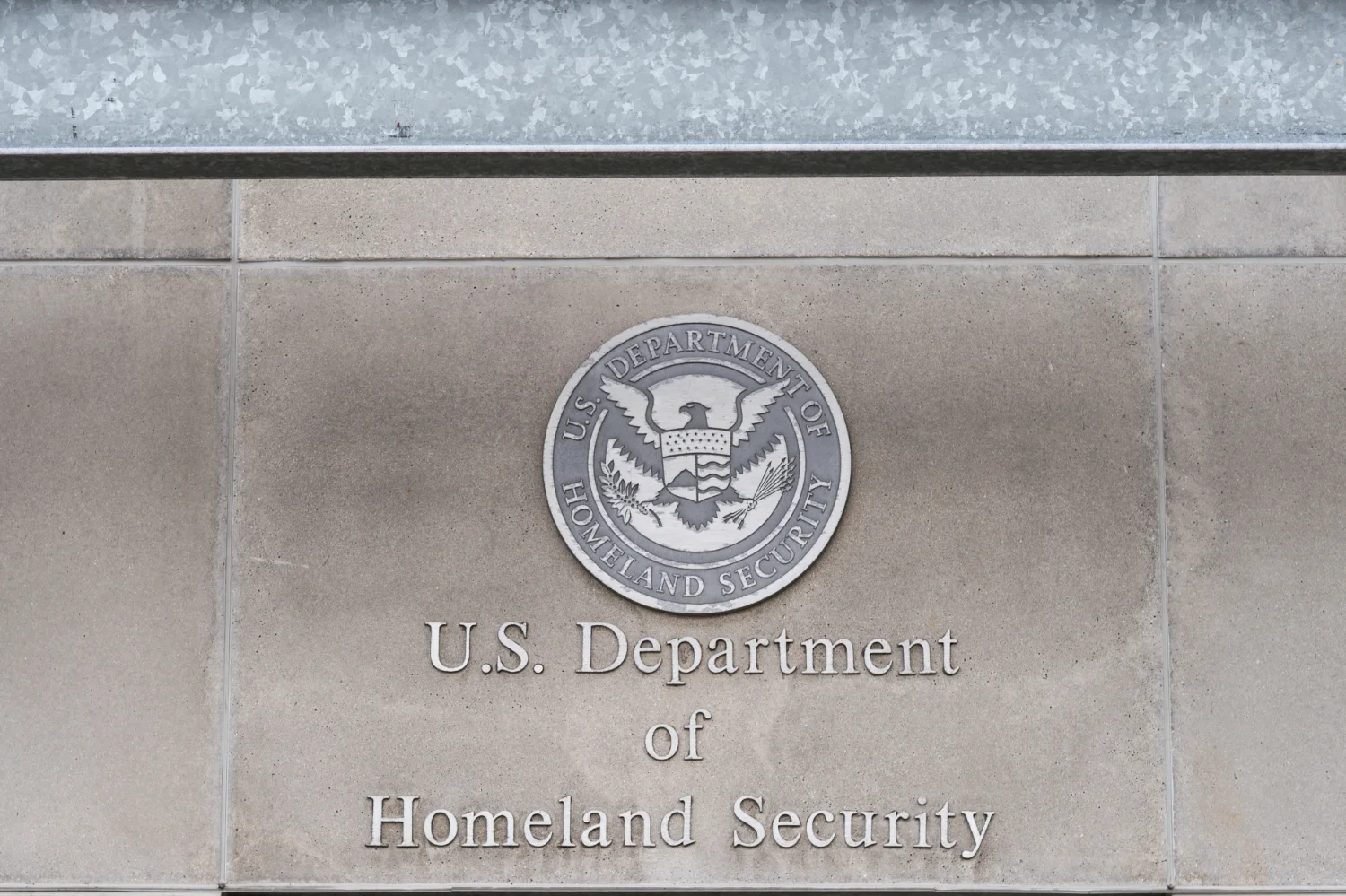This article provides a detailed analysis of the latest immigration policy reforms across various countries, highlighting their intended impacts and potential challenges.
Recent years have seen a wave of new immigration legislation aimed at modernizing processes, strengthening border controls, and improving integration strategies. The article opens by outlining the key features of these reforms, such as streamlined visa processes, digitalization of administrative procedures, and enhanced measures for the protection of migrant rights.
Drawing on case studies from different regions, the article analyzes how these legislative changes are designed to address contemporary challenges—from managing increased migration flows to countering irregular migration and human trafficking. It examines the debates that took place in legislative bodies and the diverse opinions expressed by stakeholders, including human rights advocates and security experts.
The article further evaluates the early impacts of these reforms, discussing both the successes and the unintended consequences observed in the initial stages of implementation. Concluding with expert opinions on potential future adjustments, the piece provides a balanced assessment of how these new policies may shape the landscape of immigration for years to come.


